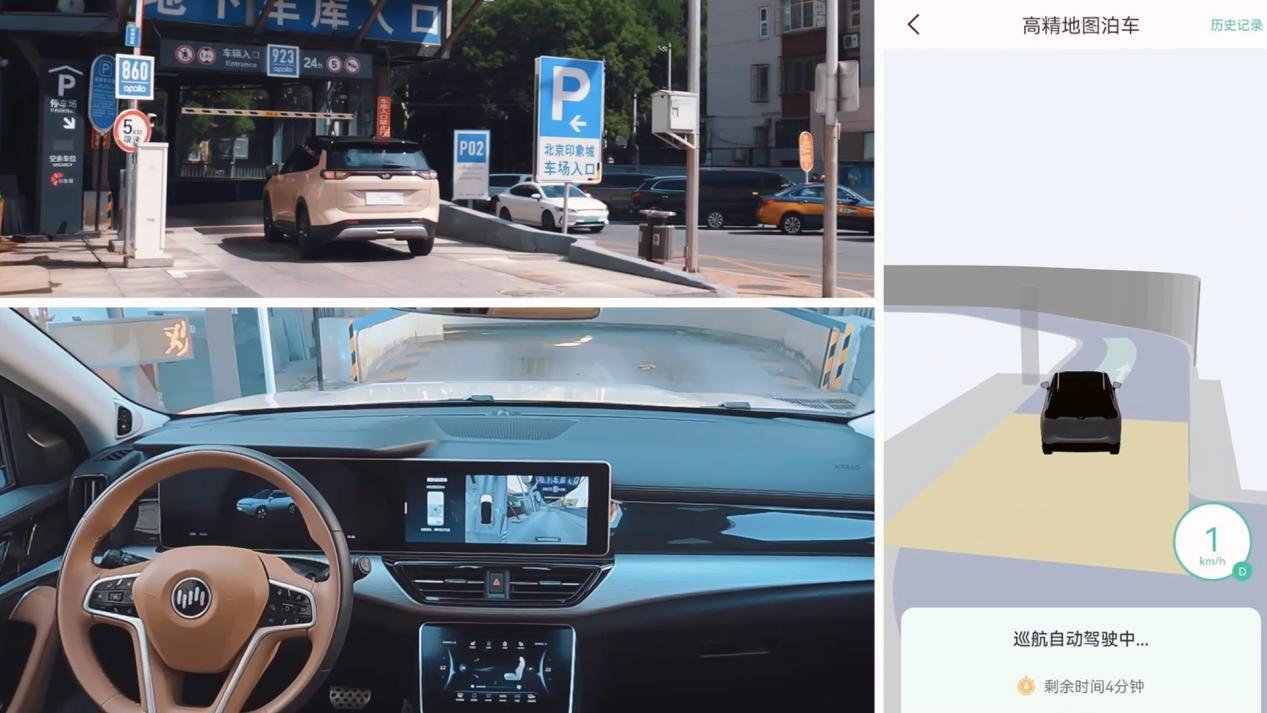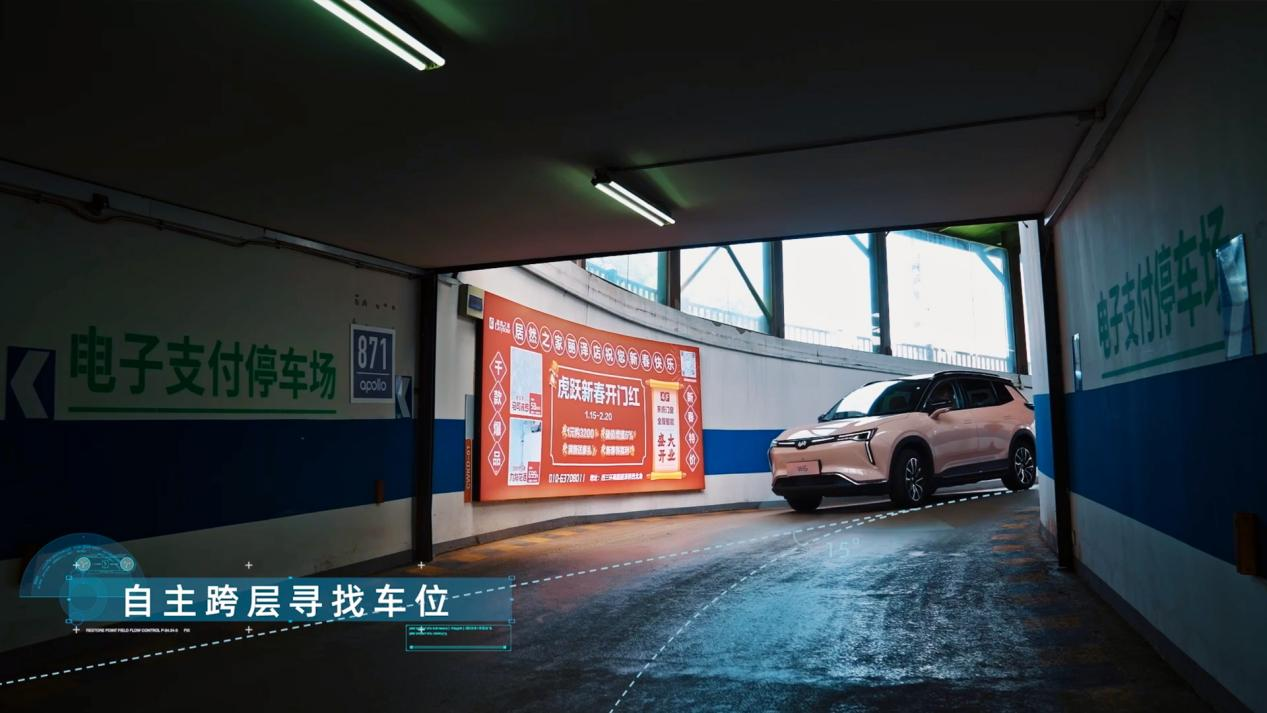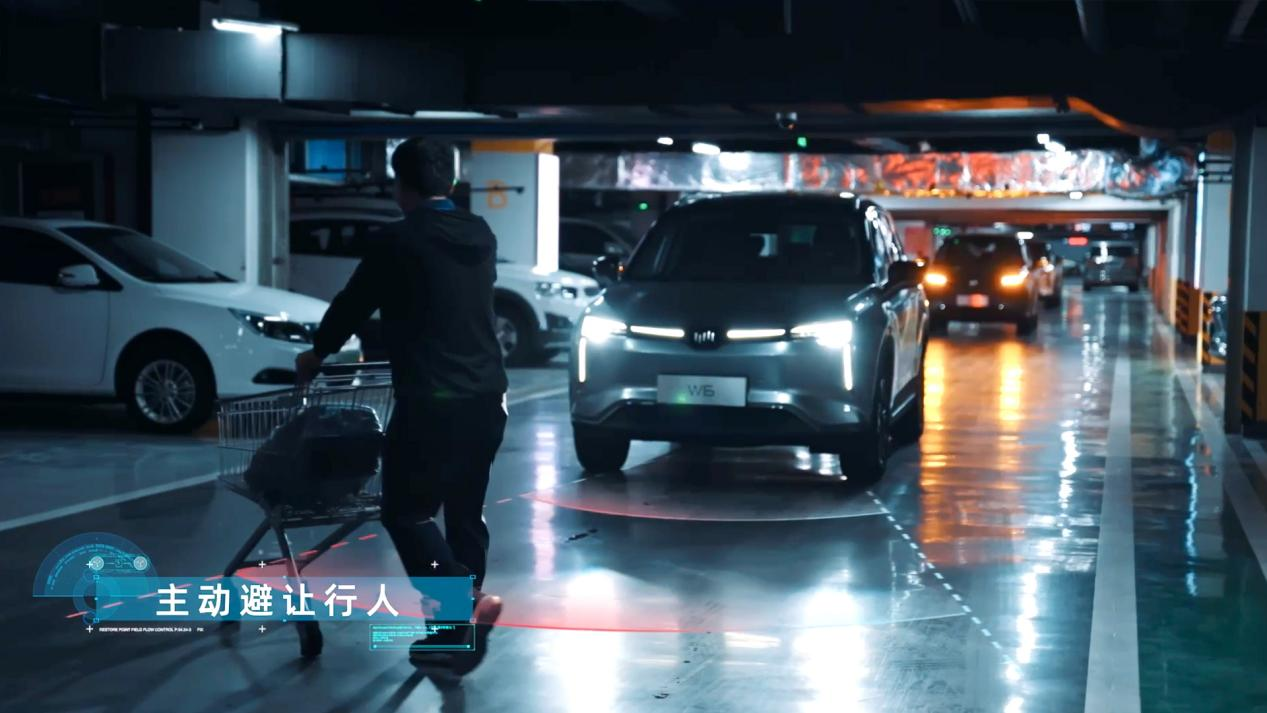For “car fanatics,” even with vehicles equipped with automatic parking functions, there are still issues such as “time-consuming parking, troublesome car-finding, and worrying about parking in unfamiliar environments.”
However, for WM Motor, this is not a difficult task.
On September 8th, WM Motor officially released the “Public Parking Lot Unmanned Learning and Guest Parking Smart Driving System (PAVP) Beta 2.0 Version.” This is also WM Motor’s first unmanned automatic parking function for “non-fixed parking spaces in public parking lots.”

Currently, WM W6 has been upgraded three times with more than 200 upgrades, and the automatic parking function is the focus of each upgrade. Through 360-degree panoramic reversing images, automatic parking assistant (APA), remote parking assistant (RPA), and fixed parking space unmanned driving functions, it brings users an “useful, practical, convenient and safe” intelligent parking experience.
Let’s talk about the application scenarios of these functions:
-
Automatic parking assistant (APA): suitable for difficult-to-park spaces (non-fixed), supports finding and parking in/out vertically, laterally, and within parking spaces with obstacles and parking space lines.
-
Remote parking assistant (RPA): suitable for narrow parking spaces (non-fixed), supports external mobile phone remote control and parking functions.
-
Fixed parking space unmanned memory guest parking (HAVP): suitable for company and residential fixed parking spaces, supports obstacle avoidance function, and can automatically avoid obstacles when encountering them; side parking.
So, is the WM W6’s public parking lot unmanned learning and guest parking smart driving system (PAVP) Beta 2.0 version really effective? What are the applicable scenarios? How is the experience? Let’s take a look.
PAVP 2.0 Version
The essence of WM Motor’s “Public Parking Lot Unmanned Learning and Guest Parking Smart Driving System (PAVP) 2.0 Version” is one-to-many, integrating unmanned parking, no learning required, and wireless distance innovation technologies through “vehicle-side, cloud-side, graphic-side, site-side, and mobile-side,” achieving a time-saving, labor-saving, and worry-free driving experience.

During the testing process, WM Motor’s PAVP 2.0 version achieved three major innovations: unmanned parking, no learning required, and unlimited distance.
-
Automated Parking: Whether parking in or out of a public parking lot, the W6 from WM Motor offers one-click activation for fully automated parking assistance.
-
No Learning Needed: With PAVP technology onboard, the vehicle can automatically download parking path information with millimeter-level accuracy upon approaching the parking lot, making it usable by first-time users without any prior learning required.
-
Unlimited Distance: Unlike memory-guided parking paths, W6’s PAVP technology customizes automated parking paths for each parking lot, with no distance limitations.

All of these features are jointly implemented through onboard sensors, cloud technology, mobile devices, graphic interfaces, and on-site improvements.
The onboard system is responsible for environment perception, trajectory planning, and vehicle control. The cloud system issues map updates, parking lot information, and vehicle scheduling. The graphic system provides high-precision map services, while on-site improvements are made for painting and modification.
According to WM Motor, their W6 equipped with PAVP 2.0 can help users automatically park in non-fixed parking spaces at public locations such as malls, supermarkets, and hotels, even before entering the parking lot, with “on-demand” valet parking assistance available.
When the user is ready to leave, they can head to the closest pickup location, where the vehicle is waiting. By clicking the automated parking button on their mobile device and selecting the nearest pickup location, the vehicle can autonomously leave the parking space.
So, here’s the question: Is this “driverless” automated parking feature reliable enough for various parking scenarios?
Thanks to PAVP 2.0’s millisecond-level download speed for parking path information and automatic path adjustment based on real-time environmental perception using multiple sensor fusion and localization technologies, the parking process is highly accurate and reliable.
Additionally, W6 features multi-vehicle cooperative parking and automatic cross-level parking functionality. When the vehicle has not yet entered the parking space, it queues up and waits, and if the parking space is not on its current level, it can intelligently search for the parking space.

 # Automatic driving capabilities of WEY W6
# Automatic driving capabilities of WEY W6
WEY W6 equipped with PAVP 2.0 has the ability to handle steep slopes through 23 high-end sensors, high-precision maps, and vehicle motion control. It has map-based driving ability with redundant design for high gradient slopes and slope motion control function.
Therefore, WEY W6 can receive road conditions ahead and make preparations in advance, relying on vehicle motion to complete automatic driving on slopes, with a maximum gradient of 15%.
In the case of a sharp bend, such as a right-angle bend, continuous right-angle bend, 180-degree turn, or curve, WEY W6 can plan the route in advance and respond accordingly.
In scenarios with many pedestrians or walls in the blind spot, WEY W6 has various avoidance strategies, such as pedestrian safety being the highest priority in which it will stop actively and give way, follow at a certain distance, automatically avoid or give way.
In busy parking times, PAVP technology has the ability to park multiple vehicles in an orderly manner, assigning car parking spaces in sequence and marking them to avoid errors. Also, by optimizing the route in advance in the case of multiple starting or ending points for parking, it will reduce route crossings. Finally, cars will park in an orderly queue when multiple cars are involved.
Of course, for the above scenarios, WEY has emphasized that if users are still unsure, they can monitor the full process through their mobile phone. WEY W6 provides real-time updates for parking start, process and completion, and will provide prompts to contact the ground crew if there are any issues.
It is worth mentioning that by saving 10 minutes each time for parking and exiting, it can save about 2 days each year.After understanding the function of automatic parking, the most concerned issue for everyone may be whether it is practical or not.
Currently, the parking function of intelligent vehicles on the market is basically useless for consumers. Either they don’t know how to use it, or they find it troublesome, or they are worried. It seems that they have forgotten the real meaning of automatic parking, which is to “free hands and solve parking difficulties.”
At the same time, we also found that many automatic parking systems on the market need to consider the scene and require the driver to recognize the rear of the car through the system during the driving process. It is also a problem whether the automatic parking function of the car can find a parking space when encountering non-standard parking or when the parking space is blocked.
Therefore, compared with the memory parking function supported by some car models, the WmAuto Automobile’s PAVP Beta 2.0 version of the public parking lot no-learning and valet parking smart driving system supports cross-floor no-learning parking and collaborative parking functions, which is more practical for parking beginners.
This article is a translation by ChatGPT of a Chinese report from 42HOW. If you have any questions about it, please email bd@42how.com.
